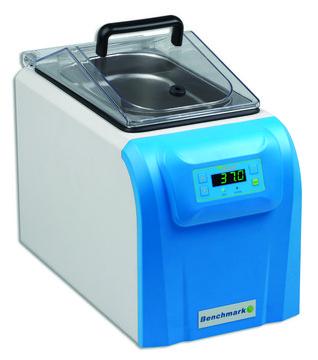推荐产品
应用
Tin(IV) oxide (SnO2) nanosheets are an attractive choice for creating stable and high-performance perovskite solar cells due to its wide bandgap, increased electron mobility, and high stability. SnO2 has a higher bandgap (at 3.8 eV), and the conduction band edge exhibits a 300 mV positive shift compared to TiO2, which results in lower photocatalytic activity and higher device stability. The charge mobility of SnO2 is almost two orders of magnitude higher than that of TiO2 and has a lower trap density than TiO2. Finally, SnO2 nanosheets materials have an advantage over typical TiO2 materials in flexible and low-temperature applications.
警示用语:
Danger
危险分类
Acute Tox. 3 Dermal - Acute Tox. 3 Inhalation - Acute Tox. 3 Oral - Eye Dam. 1 - Flam. Liq. 2 - Skin Corr. 1B - STOT SE 1
靶器官
Eyes,Central nervous system
储存分类代码
3 - Flammable liquids
WGK
WGK 2
闪点(°F)
49.5 °F
闪点(°C)
9.7 °C
法规信息
新产品
Takumi Kinoshita et al.
Nature communications, 6, 8834-8834 (2015-11-06)
The extension of the light absorption of photovoltaics into the near-infrared region is important to increase the energy conversion efficiency. Although the progress of the lead halide perovskite solar cells is remarkable, and high conversion efficiency of >20% has been
Mesoporous SnO2 nanoparticle films as electrontransporting material in perovskite solar cells
Li Y, et al.
Royal Society of Chemistry Advances, 5, 28424-28424 (2015)
Low-temperature SnO2-based electron selective contact for efficient and stable perovskite solar cells.
Song J, et al.
Journal of Material Chemistry A, 3, 10837-10844 (2015)
我们的科学家团队拥有各种研究领域经验,包括生命科学、材料科学、化学合成、色谱、分析及许多其他领域.
联系技术服务部门







